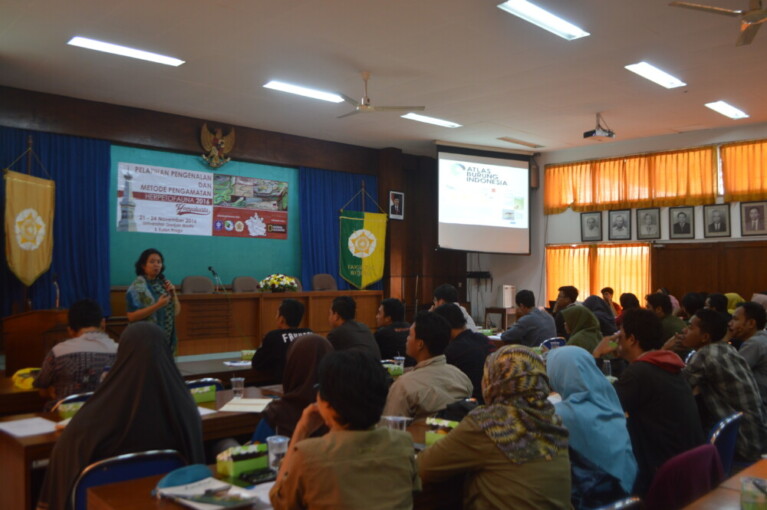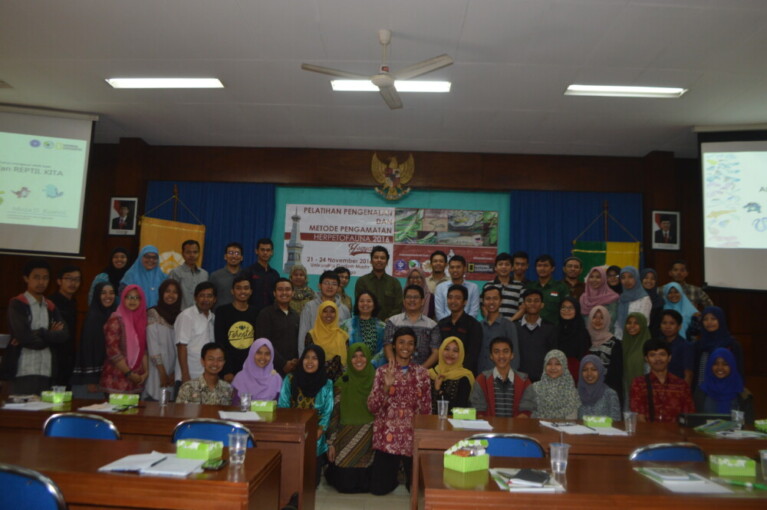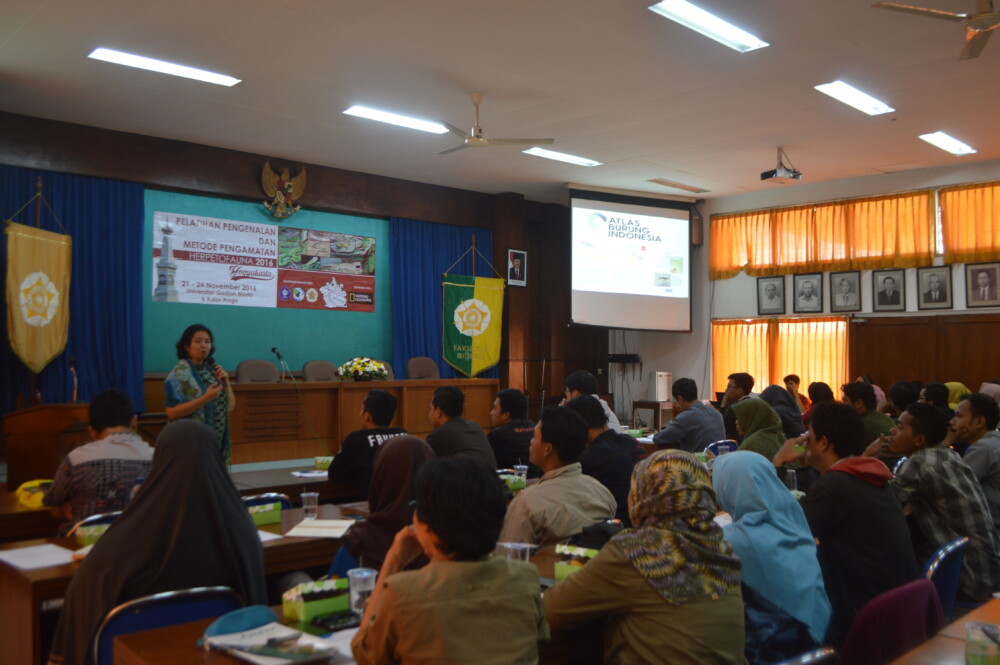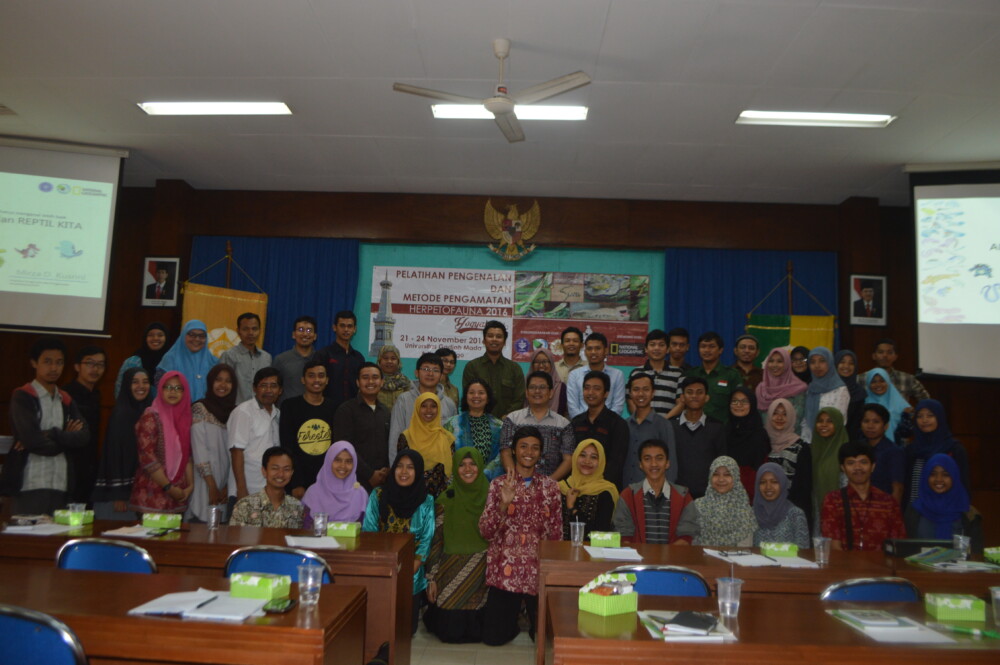Indonesia is one of few countries rich of biodiversity in the world, including many types of amphibians. Unfortunately, the presence of amphibians is not known by many people while some of them are even endangered.
Mirza Dikari Kusrini, herpetofauna expert from IPB, said that the research in the field of amphibians in Indonesia is still far behind than other research topic such as orangutans, tigers and elephants. Research on amphibians is still very low and tends to be ignored. It is very unfortunate considering Indonesia is in the world’s top five with the highest amphibian populations.
“There are 436 species of amphibians that live in Indonesia, and 20 percent of which are endemic to Indonesia,” said Mirza, Monday (21/11) in the Introduction and Observation Method Training of Herpetofauna in the Faculty of Biology UGM .
Mirza said that of the total number of the amphibians in Indonesia, 10 percent are at risk of extinction due to the change and habitat loss, pollution, disease, and other factors. According to the International Union for Conservation of Nature (IUCN) Redlist 2014, there were at least two species of frogs from Java that are categorized as vulnerable while L. cruentata frog is categorized as endangered.
“Nearly 30 percent of amphibians Indonesia is classified as deficient or cannot be identified fully,” he explained.
Something similar happened to the reptiles in Indonesia. The existence of reptiles are threatened because of changes in habitat and illegal trade. Until now there are 721 species of reptiles that live in the territory of Indonesia and many of them are endangered.
Therefore, efforts to introduce and improve people’s understanding of the lives of amphibians and reptiles are vigorously campaigned through “Amphibians and Reptiles Kita” (ARK) program. The program was initiated by the Faculty of Forestry IPB, Faculty of Biology UGM, and the Association of Herpetology Indonesia, supported by National Geographic. One of the activities is by conducting the Introduction and Observation Method Training of Herpetofauna. The event was attended by 20 participants from amphibians and reptiles lovers community in Yogyakarta and surrounding areas, students and the general public.
In this activity participants were given training on how to identify species of amphibians and reptiles including lizards, turtles, snakes, and amphibians, as well as how to handle snake bites. In addition, participants were also introduced to various Indonesian hepertofauna through direct observation in the area of Menoreh Kulon Progo.
In the Introduction and Observation Method Training of Herpetofauna in the Faculty of Biology were also present Amir Hamidy and Evy Arida (Museum of Zoology-LIPI), Tri Maharani (Expert on snake bite and toxicology), Rury Eprilurahman and Donan Satria (expert on herpetology, Faculty of Biology) and Mila Rahmania (herpetofauna observer).
Earlier, Dean of the Faculty of Biology, Dr. Budi S. Daryono., in his speech hoped that this activity was able to increase understanding and awareness of the younger generation of biological richness of Indonesia, including amphibians and reptiles. Last but not least, he also invited the students and young people to take an active role in efforts to maintain and preserve the biodiversity in Indonesia.
“Do not let our biodiversity get lost, and just become a history. Together we can keep and preserve the biodiversity of Indonesia,” he said. (UGM / adelily)





